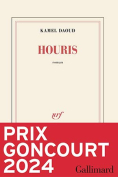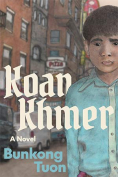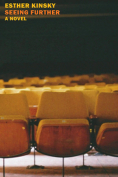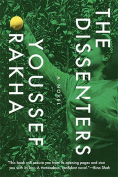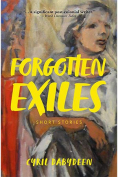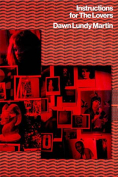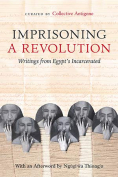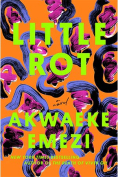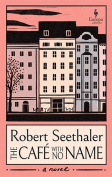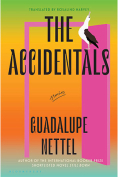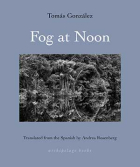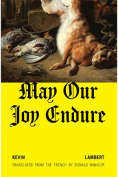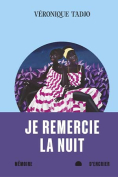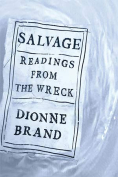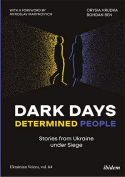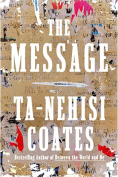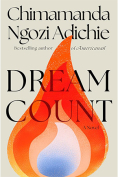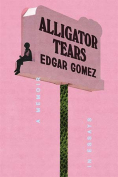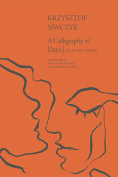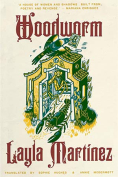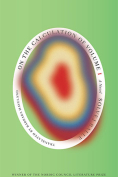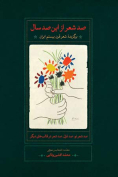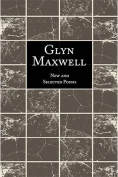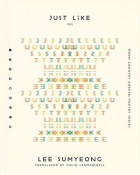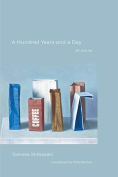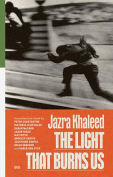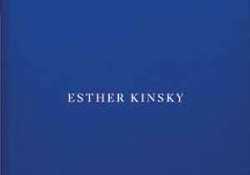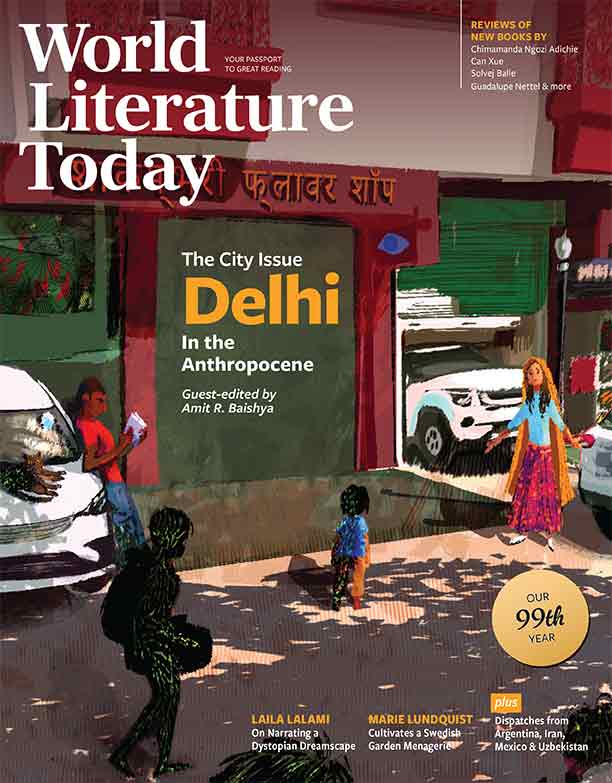Seeing Further by Esther Kinsky
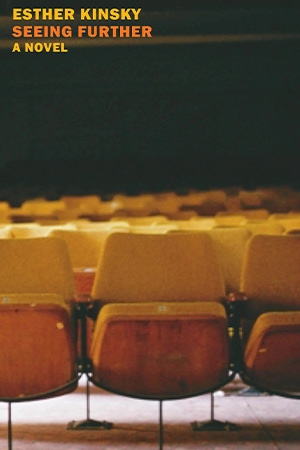
New York. New York Review Books. 2024. 224 pages.
What is a walled enclosure or a rhyming couplet capable of doing? Each shape or pattern, social or literary, lays claim to a limited range of potentialities.
—Caroline Levine, Forms: Whole, Rhythm, Hierarchy, Network (2015)
Esther Kinky’s Seeing Further is an ode to the cinema and its range of potentialities. More specifically, Kinsky is interested in the ways in which cinema might shape, not what we see, but rather how we see. Mirroring the vast, southeastern Hungarian landscape in which the novel largely takes place, Kinsky and the text’s narrator are enchanted with the vastness afforded by the silver screen. In the dark, shoulder to shoulder with strangers, the cinema is uniquely equipped to afford a kind of collective seeing. Kinsky’s narrator is keenly interested in examining, and in fact in resurrecting, what takes place between the screen and the spectator’s gaze.
Kinsky’s familiarly peripatetic narrator of Seeing Further travels from Budapest to a southeastern rural village in the Alföld, where she finds herself undertaking a project to renovate a dilapidated and disused cinema, or mozi, that used to be the cultural heart of the town. Once a bustling multiethnic and minor industrial hub, the now-abject village is marked by a sense of abandonment and empty houses, with most of its inhabitants out of work or forced to commute elsewhere for employment. Along the way, the narrator enlists the help of characters both rugged and eccentric, such as Józsi, the cinema’s former projectionist, or Rozalia, a cleaning lady who has never experienced the cinema before. In rebuilding the mozi, Kinsky’s narrator hopes to rekindle the villagers’ enthusiasm for the “how” of seeing, without condescension. This liminal town, surrounded by a flat landscape and unframed by an endless horizon, seems to the narrator a particularly suitable space to recover the cinema’s way-of-looking.
As in Kinsky’s previous works, there is a preoccupation with the landscape and remnants of shared pasts and memories, of the ways in which our landscape is shaped, destroyed, rebuilt, repurposed, and decayed by the relentless march of time or the broken promises of regimes. Lurking throughout the text are references to the brutalities (or “storm”) of history and its aftermath. While most of the text describes the first-person experiences of the narrator, the book’s third section, “Interlude,” tells the story of the cinema’s original proprietor, Laci Deutsch (Deutsch László), a figure whose past enters the shadow of the present much like a light leak on film.
In this way, Kinsky collapses boundaries between genres, blending the autobiographical with the historical, fiction with nonfiction. As in Kinsky’s other novels, each section is punctuated with a series of scanned black-and-white Polaroids. In Seeing Further, these photos depict both the landscape and the cinema itself. It is crucial to note here that the US edition is marketed as a “novel” while the UK edition is marketed as an “essay.” Kinsky’s prose is as painstaking as ever in its specificity of detail, and while certain sections are more essayistic, readers already familiar with her style and tendency to transcend genres may not readily discern a marked difference from her novels more solidly grounded in the realm of fiction. What is important to understand about the book’s nonfictional elements, however, is that Kinsky really did take on the project of resurrecting a cinema in a southeastern Hungarian village, previously established by a man called Laci Deutsch. Seeing Further is both a documentation of and meditation on this effort. That this work can be marketed as pure fiction is a testament to Kinsky’s remarkable artistry as a storyteller.
In an age of streaming services and social media’s never-ending scroll, Seeing Further is a timely ode and lament. The experience of cinema has been, as Kinsky’s narrator aptly observes, “relegated to the realm of the private, the small, the controllable” and, importantly, “estranged from subversion.” We are absorbed with the what over the how. Indeed, we are met each day with an endless selection of media to share, stitch, and endlessly consume—we have become “projectionists at [our] own screens.” With its acute specificity of language, minutely detailed landscape (its lichen, mud, herons, and frost), pensive photographs, rich ensemble of characters, and with references to art critic John Berger and Hungarian poet Attila Józef, Seeing Further is a text that makes the reader see so much.
Before Laci opens the mozi, he arranges what he believes to be his last screening as a traveling projectionist. With scraps of celluloid, he stiches together a series of clips. In the audience is a pair of young lovers watching the film “cheek to cheek.” When a storm begins, the couple remains seated as if “held by a spell” despite the onslaught of rain. Like an after-image, we find another pair of young lovers watching the narrator’s first screening at the newly renovated cinema. In a pointed repetition, the screening is also a stitching together of celluloid scraps, and it is also interrupted by a storm; as in the past, the young couple remain transfixed in their seats. At the end of the screening, they burst into applause.
Ultimately, the novel is marked by failures and abandonments. Material reality—the weight of history and inevitability of the future—trammels the narrator’s dreams of a collective imagining, of seeing further out of this “region of emptiness.” As readers, we are left more hopeless than hopeful. Yet in that hopelessness, there is a sense of urgency—Kinsky’s text asks us to account for and investigate our failures in collective imagining. How do we see further when so much obstructs our view? How can we, like the pair of anonymous young lovers bewitched in the cinema dark, sustain a gaze together, steadfast amidst brewing storms?
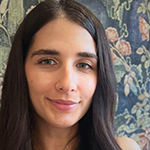 Kayla E. Ciardi reads and writes from Norman, Oklahoma. After completing an MA in modern and contemporary writing at the University of East Anglia in Norwich, UK, she began working in higher education at the University of Oklahoma.
Kayla E. Ciardi reads and writes from Norman, Oklahoma. After completing an MA in modern and contemporary writing at the University of East Anglia in Norwich, UK, she began working in higher education at the University of Oklahoma.
